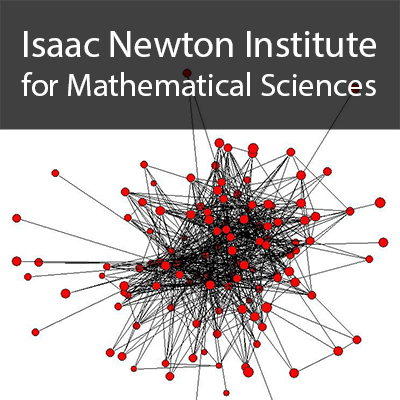When Micro Prudence increases Macro Risk: The Destabilizing Effects of Financial Innovation, Leverage, and Diversification
1 hour 3 mins,
241.51 MB,
iPod Video
480x270,
29.97 fps,
44100 Hz,
523.39 kbits/sec
Share this media item:
Embed this media item:
Embed this media item:
About this item

| Description: |
Lillo, F (Scuola Normale Superiore, Pisa)
Monday 22 September 2014, 14:00-14:45 |
|---|
| Created: | 2014-09-26 17:29 |
|---|---|
| Collection: | Systemic Risk: Mathematical Modelling and Interdisciplinary Approaches |
| Publisher: | Isaac Newton Institute |
| Copyright: | Lillo, F |
| Language: | eng (English) |
| Distribution: |
World
|
| Explicit content: | No |
| Aspect Ratio: | 16:9 |
| Screencast: | No |
| Bumper: | UCS Default |
| Trailer: | UCS Default |
| Abstract: | We propose a simple analytically tractable model showing how basic common practices of accounting and risk management are able to destabilize the financial market, when feedback effects and illiquidity are taken into account. Specifically our model considers financial institutions having capital requirements in the form of VaR constraint and following standard mark-to-market and risk management rules. They also face a diversification cost that prevent them to fully diversify their portfolio. We provide a full analytical quantification of the multivariate feedback effects between investment prices and bank behavior induced by portfolio rebalancing in presence of asset illiquidity and show how changes in the constraints of the bank portfolio optimization endogenously drive the dynamics of the balance sheet aggregate of financial institutions and creates systemic risk. The model shows that when financial innovation reduces the cost of diversification below a given threshold, the strength (due to higher leverage) and coordination (due to similarity of bank portfolios) of feedback effects increase. Under fairly general assumptions on the institution's expectations on future asset volatility and correlation, we observe that when the diversification cost is decreased or the VaR constraint is loosened, the dynamics of the system develops cycles and eventually display a chaotic behavior. Further decrease triggers a transition to a non stationary dynamics characterized by steep growths (bubbles) and plunges (bursts) of market prices. (in collaboration with F. Corsi, S. Marmi, P. Mazzarisi) |
|---|---|
Available Formats
| Format | Quality | Bitrate | Size | |||
|---|---|---|---|---|---|---|
| MPEG-4 Video | 640x360 | 1.94 Mbits/sec | 919.81 MB | View | Download | |
| WebM | 640x360 | 754.82 kbits/sec | 348.29 MB | View | Download | |
| iPod Video * | 480x270 | 523.39 kbits/sec | 241.51 MB | View | Download | |
| MP3 | 44100 Hz | 250.57 kbits/sec | 115.62 MB | Listen | Download | |
| Auto | (Allows browser to choose a format it supports) | |||||

